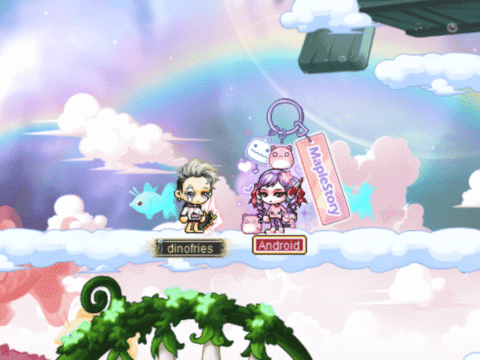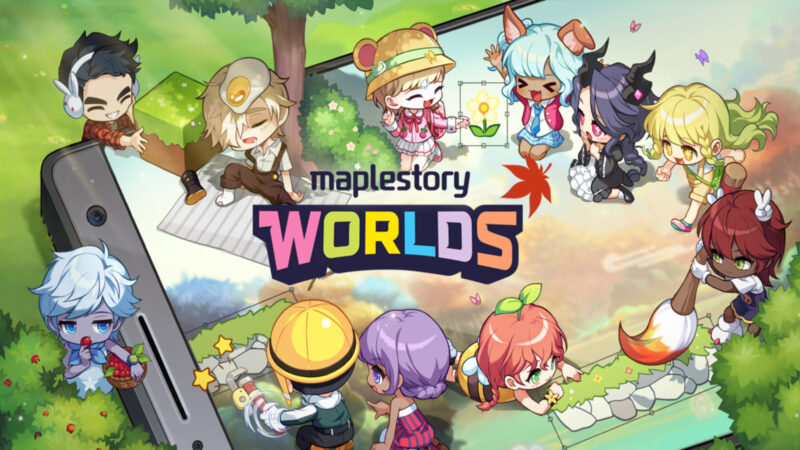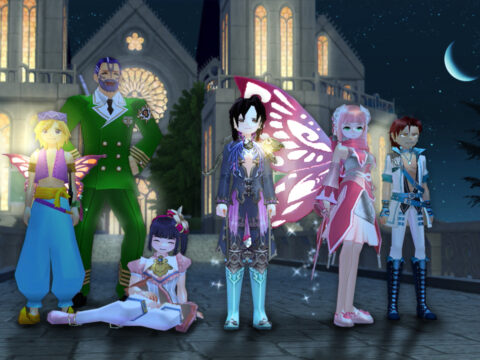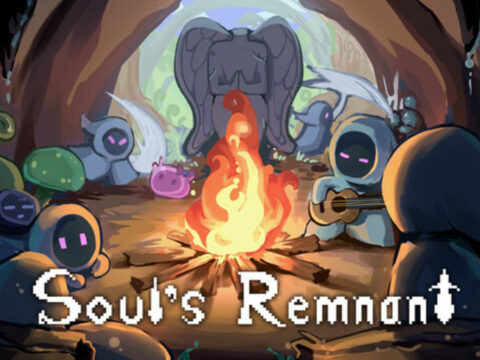MapleStory Worlds is Nexon’s take on the sandbox creation concept, similar to Roblox. This platform empowers players to design MapleStory-themed mini-games, fostering social interaction and offering easily digestible adventures. However, the reality of this platform extends far beyond simple party games; it has become a legitimate and thriving hub for fan-made “private servers.”
The most popular creations within MapleStory Worlds aren’t just casual obstacle courses or relaxing social spaces. Instead, they are comprehensive recreations of Old School MapleStory, developed by dedicated fans longing for the game’s pre-Big Bang era. Worlds like Artale and ChronoStory have attracted large communities by resurrecting the early 2000s charm of MapleStory. They meticulously rebuild the 2D maps, skill systems, enemies, and even UI elements that evoke fond memories for longtime players. Effectively, MapleStory Worlds has become an “officially sanctioned” platform for private servers of one of the most beloved free-to-play MMORPGs.
What’s truly remarkable is that this entire ecosystem is completely legal. Every map, animation, and sprite originates from Nexon’s approved asset library. Developers and fans can recreate Old School MapleStory within a system that Nexon itself hosts, moderates, and monetizes. Players can revisit a cherished era of online gaming without violating copyright laws – a scenario that fans of RuneScape and Ragnarok Online can only dream of.
Private servers have been a persistent presence in the MMO landscape, often run by passionate fans. These servers utilize reverse-engineered code to revive older game versions or introduce new content that original developers have abandoned. However, these projects are often illegal, infringing upon copyright, data, or emulation laws. This leads to a constant conflict between companies and their communities.
A recent example is Blizzard’s lawsuit against Turtle WoW, a prominent and well-regarded World of Warcraft private server. Blizzard alleged large-scale copyright infringement due to Turtle WoW’s use of proprietary code and assets to emulate the original “Vanilla” WoW experience. The Turtle WoW team responded with a public letter, urging Blizzard to “embrace fan-driven content rather than alienate this passionate community.”
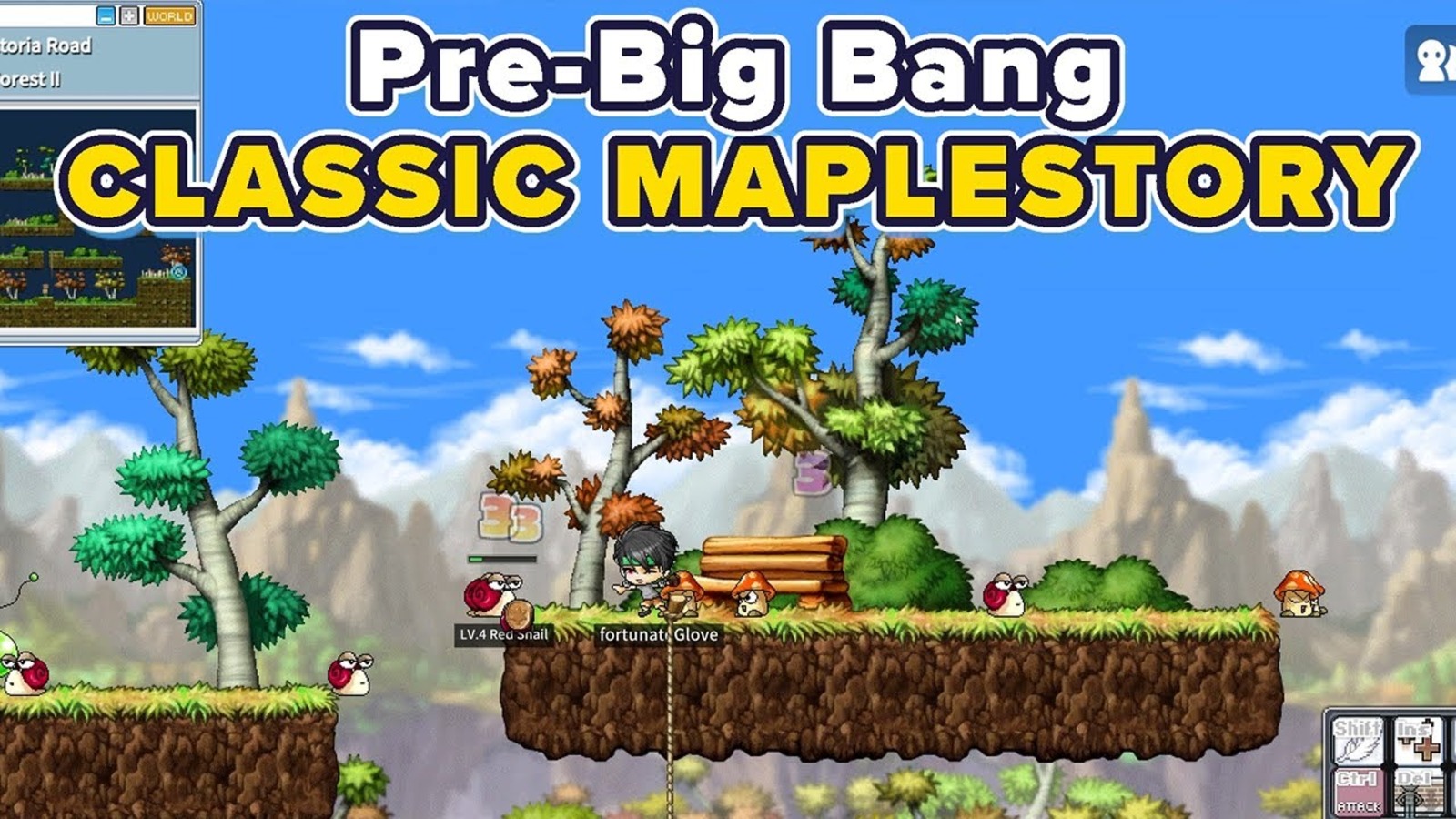
In contrast, MapleStory Worlds provides fans with the chance to rebuild, remix, and relive their favorite eras of MapleStory within a legal, company-managed environment that benefits both players and publisher.
Through MapleStory Worlds’ Creator Revenue Program, developers can monetize their games, earning a portion of the revenue generated from in-game purchases and cosmetic sales. Nexon takes a cut, similar to the models employed by Roblox or Fortnite Creative, but creators still have significant earning potential. The more popular a World becomes, the more both the developer and Nexon benefit.
This should be the norm: instead of suppressing fan creativity, Nexon has constructed a business model around it. The company retains ownership of the IP and maintains control over moderation while transforming community passion into a revenue stream. It’s a sustainable system that other MMO publishers should seriously consider.
MapleStory Worlds proves that allowing the community to build – even rebuild – doesn’t have to threaten the brand. Imagine if Jagex launched RuneScape Worlds, or if Gravity introduced Ragnarok Worlds. These platforms could channel the creative energy of private servers into legitimate ventures, while maintaining oversight and ensuring safety.
That’s precisely what MapleStory Worlds achieves. Creators utilize the provided tools – via Lua scripting and coding – to design entire gameplay systems from the ground up. Some have crafted leveling mechanics, inventories, equipment, and skill trees that are so authentic, you’d swear you were playing a 2005-era build of MapleStory. The fact that Nexon not only permits but actively encourages this level of creativity sets a new industry standard, in my opinion. It demonstrates faith in the community and a willingness to share control.
Related articles
